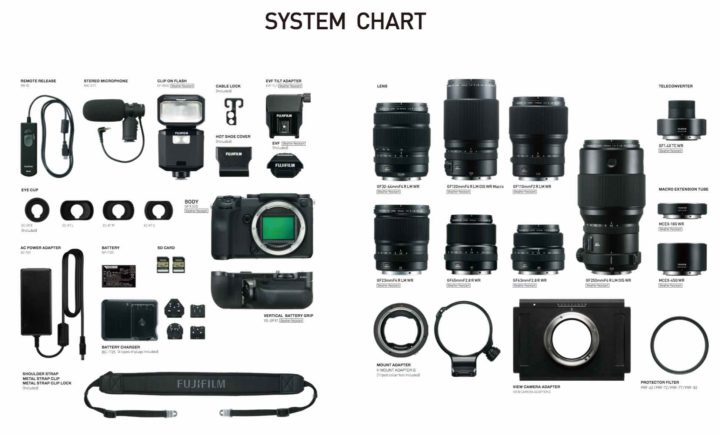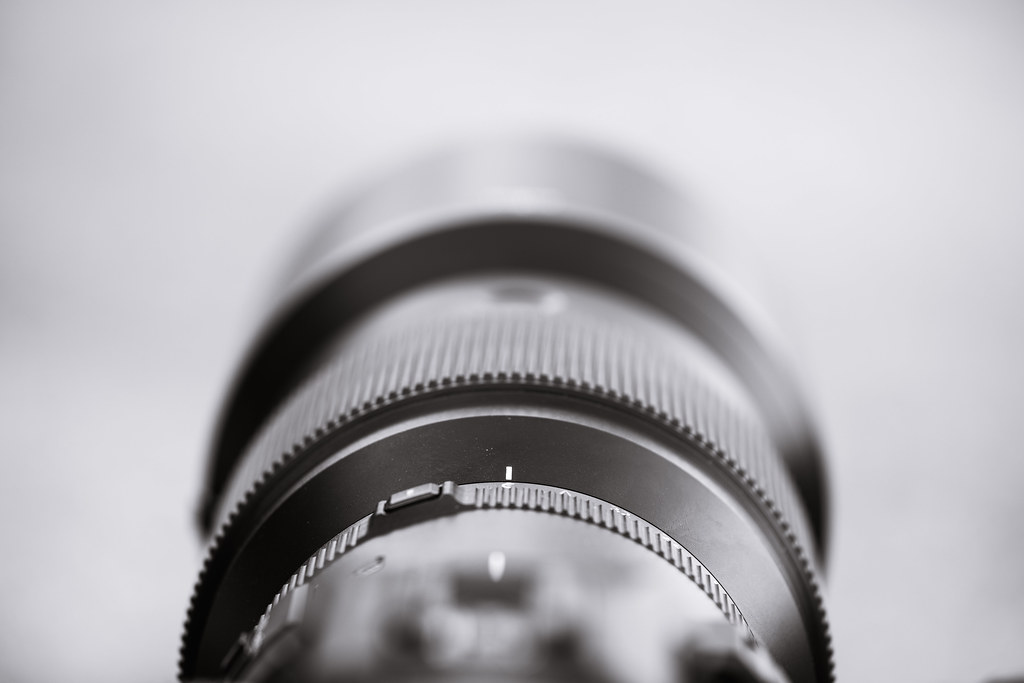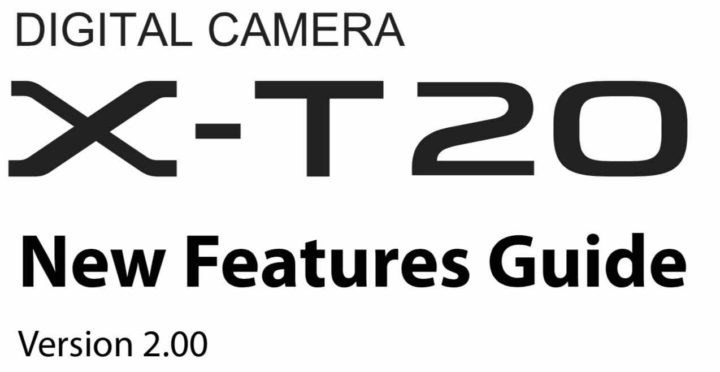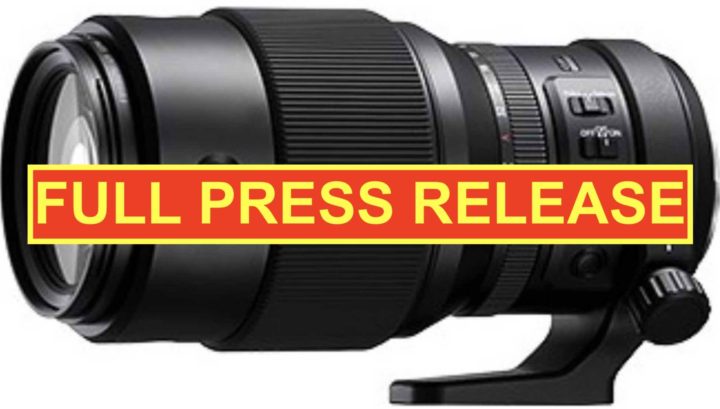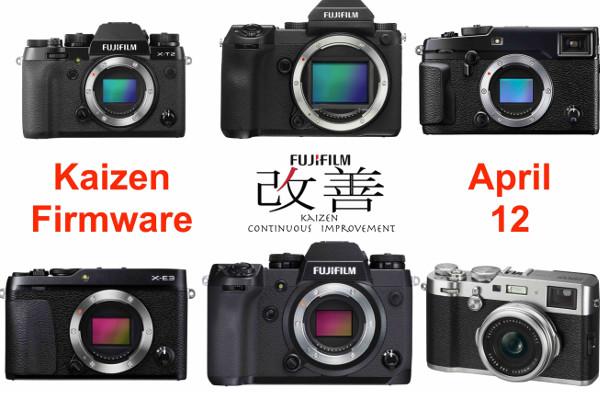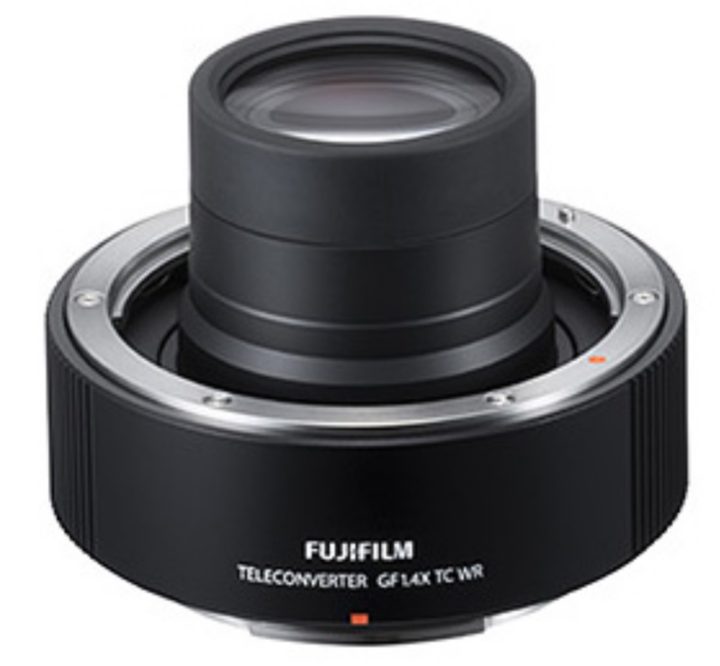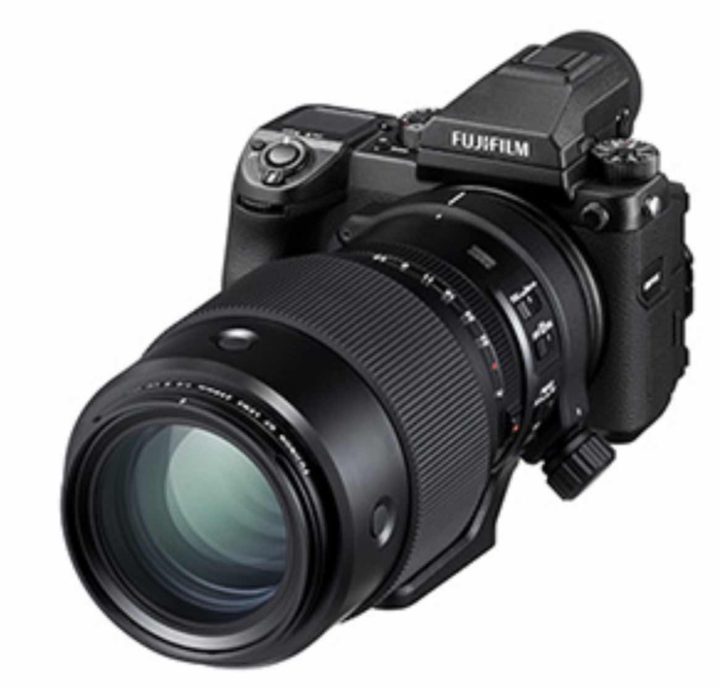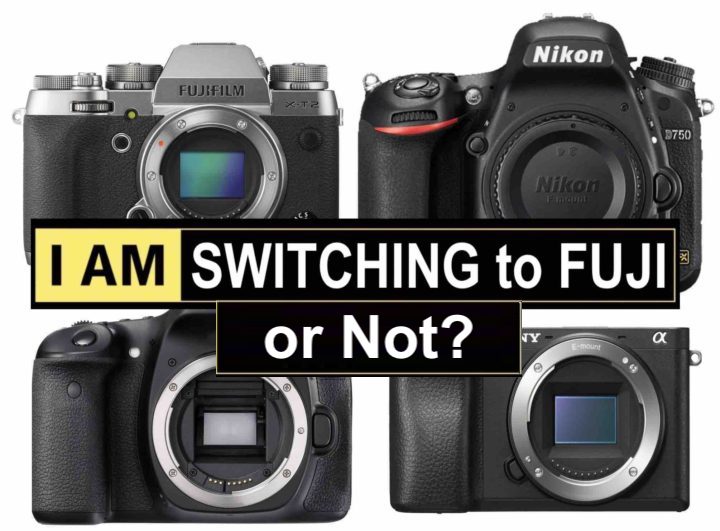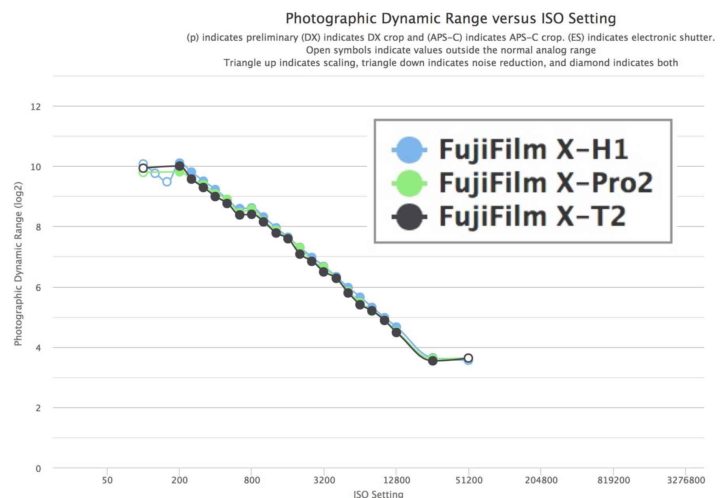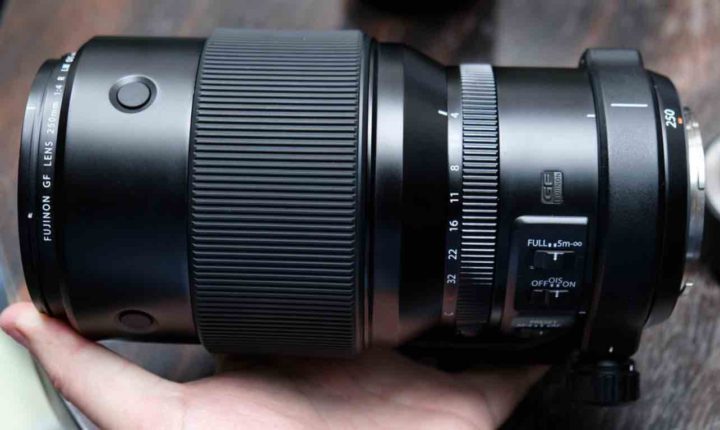
LIVE BLOGGING STARTS SOON
PRE-ORDER LIVE AT ANY MOMENT
Fujinon GF 250mm F4: BHphoto, Adorama, AmazonUS
Fujinon GF 1.4x Teleconverter: BHphoto, Adorama, AmazonUS
18mm Macro Extension Tube: BHphoto, Adorama, AmazonUS
45mm Macro Extension Tube: BHphoto, Adorama, AmazonUS
ePhotozine leaked a few more pictures and details about the GF250mm F4 ahead of the official launch, which will happen soon.
And do make sure to read the FULL LEAKED PRESS RELEASE of the GF 250mm F4 and more in this article.
- Release end of may
- The GF 250mm f/4 R LM OIS WR is a telephoto lens that achieves approximately 198mm in 35mm format equivalent. Plus, attaching the GF1.4X TC WR, 1.4x teleconverter provides coverage for telephoto shooting up to approximately 277mm in 35mm format equivalent, without any image quality deterioration.
- The lens is also equipped with the new focus pre-set function, which allows the photographer to instantly activate focus settings previously saved in the lens memory.
Pricing will be as follows:
- Fujifilm Fujinon GF 250mm f/4 R LM OIS WR Lens £2,899.00Macro
- Extension Tube for GF Lenses -18mm (MCEX-18G WR) £ 289.00Macro
- Extension Tube for GF Lenses -45mm (MCEX-45G WR) £ 289.00
- 1.4x Teleconverter for use with GF250mm lens (GF1.4X TC WR) £ 749.00
Here are the leaks at ephotozine
- GF 250mm announcement here
- GF 250mm hands on photos here
- Firmware update announcement here
Also photographyblog uploaded some hands on pictures
Annoncement is expected within minutes so stay tuned on FujiRumors for an huge live blogging via Facebook, RSS-feed, Instagram, Youtube and Twitter.
